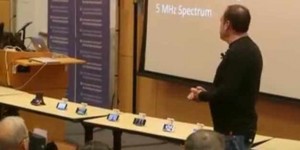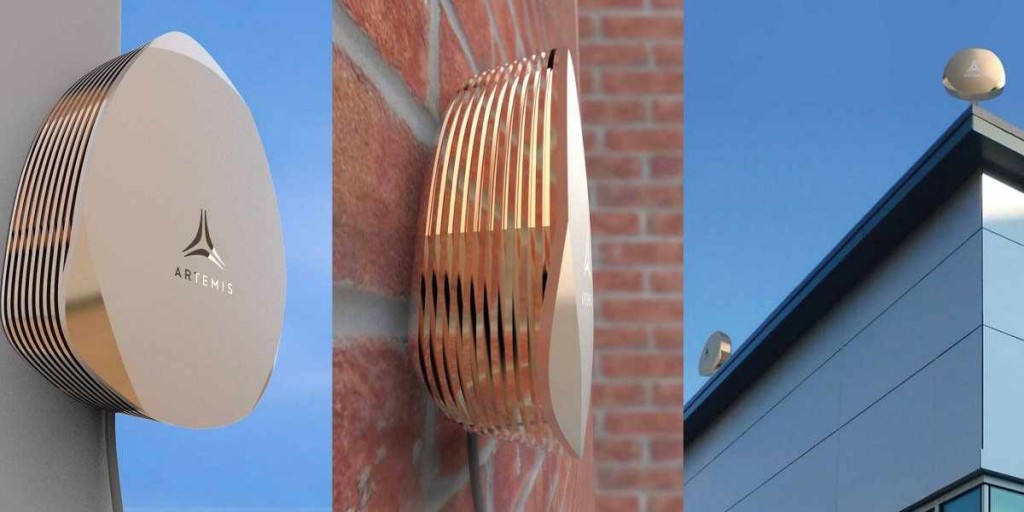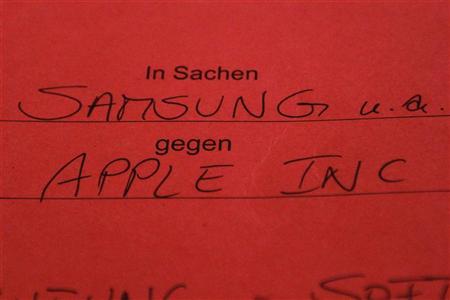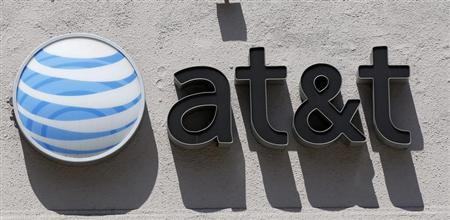In today’s world, there’s one area of technology that can almost never be fast enough: the wireless networks that power our mobile devices. Despite decades of advancements, we still lose signal when walking around in a big city like New York or San Francisco. Or when attending a popular sporting event — individual towers just can’t handle thousands of people trying to move data at once.
But a hot startup with some major engineering talent is hoping to change all of that. Founded in 2011, Artemis is a startup working on pCell, a new wireless standard that it thinks could leapfrog 4G altogether. Like any new, potentially disruptive technology, pCell has a ton of hype and uncertainty around it. We’ve put together the following guide to pCell for those who want to know more without any of the confusion or tricky marketing language.
What is pCell?
Cell towers as we know them today can be visualized as giant umbrella tops. You deploy them, and they broadcast a bubble of reception that gets weaker as you get farther away. They have to be far enough away from each other so as to not cause interference, but close enough together that you can move between their areas of coverage and still have cell service. If you have too many people in one place, their data use can bog down a tower for everyone.
Artemis’ technology takes a very different direction. Rather than carefully spacing out a relatively small number of towers, Artemis wants to deploy a massive number of boxes the size of routers — called “pWaves” — that will provide much better service to a much smaller area.
Rather than working against interference, pCell embraces the collision of radio waves. By combining the incoming signals from several of the pWave base stations, each pCell user is given the equivalent of their own “personal cell” (hence the name) — which basically means getting full bars of LTE at all times becomes the new standard, while “good” signal strength means getting a signal that’s as much as 1,000 times faster than what we’re all used to.
How is pCell better than 4G or LTE?
Besides speed and signal strength, it uses a lot less power. pWave radios use a 1-milliwatt transmitter to deliver data, compared with the 250 milliwatts used by most Wi-Fi radios and even larger amounts of power used by cellular towers.
They also use less power on the user’s end, too: phones as they exist today would waste far less power searching for a signal, and one day “pCell Native” devices could use parts that use even less power than the Wi-Fi chips built into devices like the iPod Touch today.
Going back to the carrier side of things, pCell also brings significant reductions in the amount of infrastructure needed to power a cell network. Unlike cell towers, which need a massive fiber infrastructure to provide enough bandwidth for all their users, pWaves can be deployed in enough locations that each unit can “see” another unit, meaning they can bounce data around using line-of-sight radio waves for far less money. And instead of using custom hardware to handle all signal processing, a carrier using pCell can run the software behind it on any sufficiently powerful Linux computer.
Will I need a new phone to use pCell?

In a recent demo, Artemis CEO Steve Perlman demonstrated pCell transmitting HD video to eight iPhones simultaneously.
Nope. To make adopting the technology as easy as possible, Artemis engineered pCell to work with regular LTE devices — so when it’s ready, your iPhone or Android device should already be compatible. That also means you’ll be able to use your phone on a pCell network and still have it work when you go somewhere that’s still running regular LTE cellular service.
With that said, there will be some devices made “pCell Native” that will use less power (and thus get better battery life) than regular LTE-compatible devices.
How long until I can use pCell?
The first consumer launch of pCell is scheduled for the fourth quarter of 2014, with the initial rollout taking place in San Francisco. Artemis is working with a wireless partner to deploy pWaves to as many as 350 rooftops in the city, which should be more than enough to blanket the city — for the lucky few who get to try it out, that is.
From there, Artemis says that full pCell deployment will begin at some point early next year. In a demo last month at Columbia University, Artemis CEO Steve Perlman claimed that the technology could be deployed in all major markets by the end of 2015, but we’re doubtful; even the most exciting technologies need to prove themselves before companies will be willing to spend billions building them out into their nationwide infrastructures.
@rrajowan / Source : BI






































